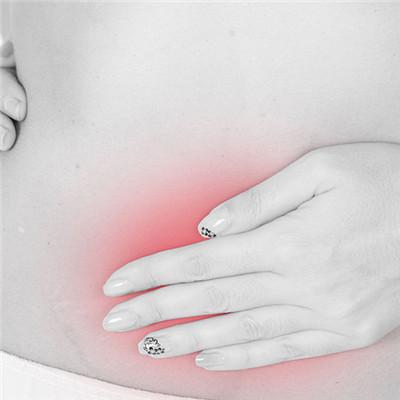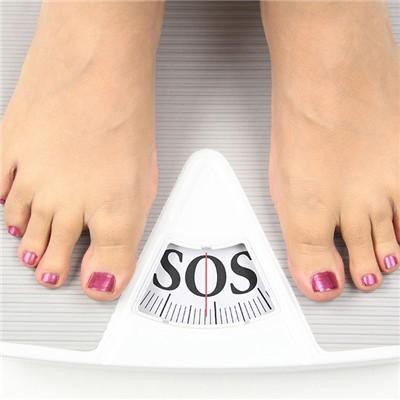Symptoms of infantile bacterial diarrhea
summary
Infantile bacterial diarrhea is more serious, prone to gastrointestinal bleeding and intestinal perforation rupture, and may lead to peritonitis and other complications. The main symptoms of infantile enteritis are nausea, vomiting, fever, abdominal pain and diarrhea. Vomiting is the most common. Tell us about the symptoms of infantile bacterial diarrhea.
Symptoms of infantile bacterial diarrhea
The symptoms of children's enteritis include diarrhea, rapid onset, frequent nausea and vomiting, severe abdominal pain, many times of diarrhea, and mostly watery stool, with undigested food. Children's enteritis symptoms have fever: children often have fever, headache and general discomfort, but also some poisoning symptoms.

The symptoms of enteritis in children are nausea and vomiting. When vomiting and diarrhea are serious, dehydration, acidosis or shock may occur. The symptoms of enteritis in children were abdominal spasm and abdominal tenderness. There was tenderness in the upper abdomen and around the umbilicus. There was no muscle tension and rebound pain.

The symptoms of enteritis in children include loss of appetite and crying. Diarrhea refers to the softening of defecation form, or it may be thin water and more frequent defecation. Parents should remember to compare with their children's feces before.

matters needing attention
Prevention and health care of infantile enteritis: 1. Reasonable feeding, promote breastfeeding, timely add complementary food. 2. Pay attention to the preservation of dairy products and the regular disinfection of milk and tableware. 3. Avoid eating cold and unclean food. 4. Isolate the children and handle their excreta carefully. 5. Carry out personal hygiene education for children, guide them to wash their hands frequently and cultivate good hygiene habits.













